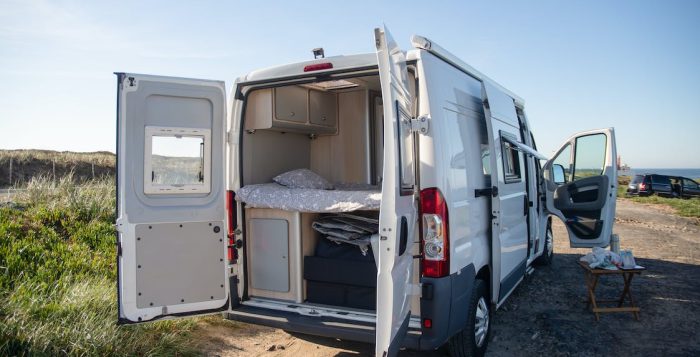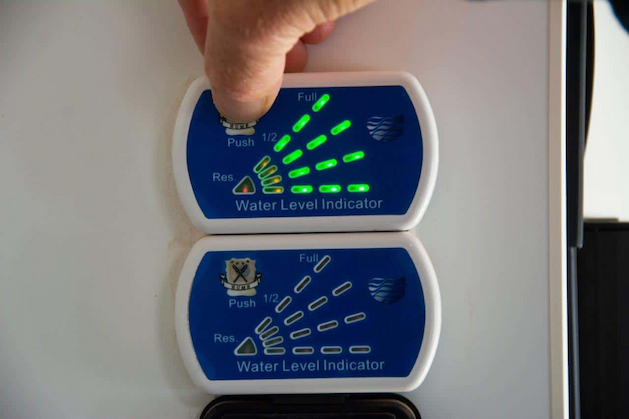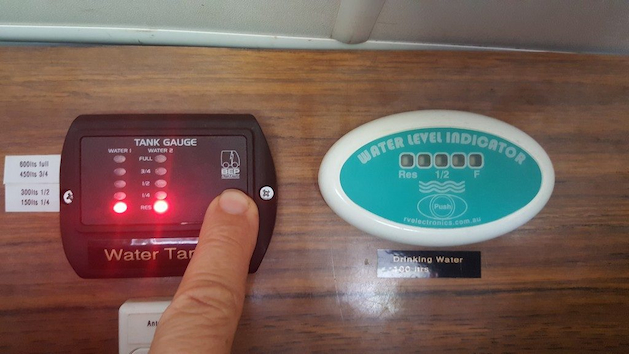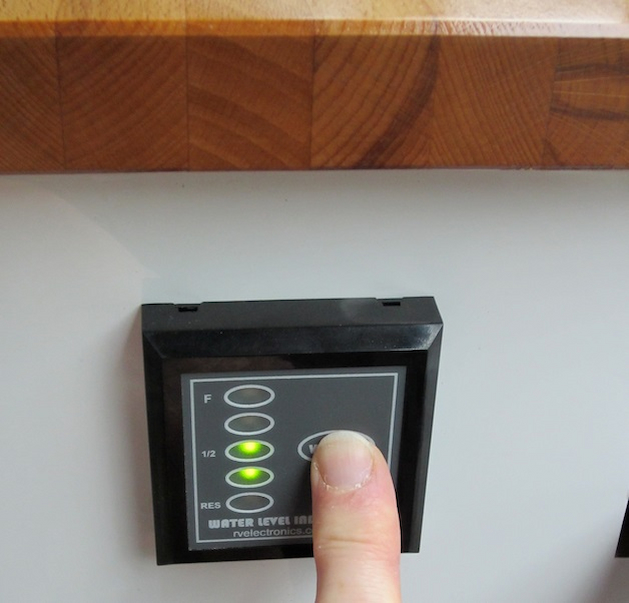Affordable and well-equipped, the Mazda BT-50 has been an excellent addition to the Australian ute market since its introduction in 2006. It can tow, carry and transport easily, offering great value. While it’s not a trophy truck, it provides a nice place to sit and a premium interior for an ute.
Whether you have some of the older U-models (UP, UR or UN), or the newest dual and single cab, you surely want to protect your vehicle’s well-made interior and upholstery. That’s where aftermarket easy-to-fit Mazda BT50 seat covers enter as a one-step solution for extra protection and elevated comfort. Here’s why that is so, and how to choose the right option for your BT-50.
Are Seat Covers a Good Idea?
Yes, they are, no matter your vehicle’s type and age. While the main purpose of seat covers is to protect the interior of your Mazda BT-50 from wear and tear, rips, and stinky stains, keeping it fresh and clean, they also allow for customisation, which improves the aesthetics. All that adds value to your vehicle, potentially increasing your resale value. Once you decide to sell your ute, you can do that for a decent price if the interior is in fine shape.
Gone are the days of seat covers’ bad reputation as being shifty and loppy-looking. The range of Mazda BT50 seat covers made to fit features premium materials, such as neoprene and heavy-duty canvas. They either improve or complement your Mazda’s beautiful interior to your taste. Personalisation options, different colours, decorative patches and other stuff are also available, allowing you to revamp your ride to your exact specifications and express your style.
You might not have much control over the materials used for upholstery when you buy your car; these can be difficult to clean and maintain. However, you have 100% control when choosing the materials for the seat covers for your Mazda BT50. Both neoprene and canvas make for easy cleaning and maintenance with a simple wipe-off or cleaning solution, and some options are even machine-washable.
How Do You Know What Seat Covers to Buy?

The correct subcategory of your vehicle, whether you want to cover the whole upholstery (all seats and the console), and other aspects, such as materials and fit are the most important factors to consider when choosing the correct Mazda BT50 seat covers.
Consider Your Mazda BT50 Type
The different Mazda BT50 releases have interior distinctions, including the seat design. That means you must consider the type to choose the right seat cover fit. Otherwise, they won’t feel like a second skin on the seats and will slide after some use, requiring frequent adjustments. Choosing custom-made rather than universal seat covers is essential to this point and getting the best fit.
Choose Your Pieces
You’ll find various packages when visiting a premium 4X4 seat cover store whether online or in-store. Besides delivering products tailored to specific 4WD brands, reputable and trustworthy suppliers offer you to choose different seat-saver options. For example, you can buy already-available and stock-ready BT50 seat covers or custom-made-to-order for your front and rear seats separately or as a whole. There are also various armrest console cover options, so pick your pieces for your convenience.
Pick the Right Material
Different materials are available for seat covers, and each has unique benefits. For example, neoprene car seat coverings are incredibly comfortable, long-lasting, and resistant to heat and wetness, which makes them perfect for Australia’s unpredictable climate. Look for sturdy fabrics that withstand deterioration and hold up over time, even in the face of severe temperatures and UV radiation, as well as tight stitching. Select seat coverings with temperature control and breathability to improve comfort; breathable materials ensure a comfortable ride by encouraging air circulation and avoiding discomfort and moisture buildup.
Another factor when choosing seat cover material is how simple it is to install and maintain, ultimately saving you time and effort. Despite the dust, grime, and even rain, look for features like straps, buttons, and zippers that make installation simple and select materials that need little maintenance.
Set Priorities
Before you go shopping, take a moment to assess your needs. Do you mainly want to protect your car seats from spills, stains, and general wear and tear? Or would you prefer to keep your car’s market value intact? Knowing your priorities will help you choose the best course of action. Seat covers with lots of cushioning are your best bet if comfort is a top concern. Putting comfort first guarantees a comfortable ride, whether your goal is to improve your driving experience or find solace on lengthy trips.
Conversely, if style is a bigger concern, opt for seat covers that align with your unique taste and style preferences. That way, you’ll express your individuality while improving the visual appeal of your car, regardless of selection for striking designs or subtle elegance.




































